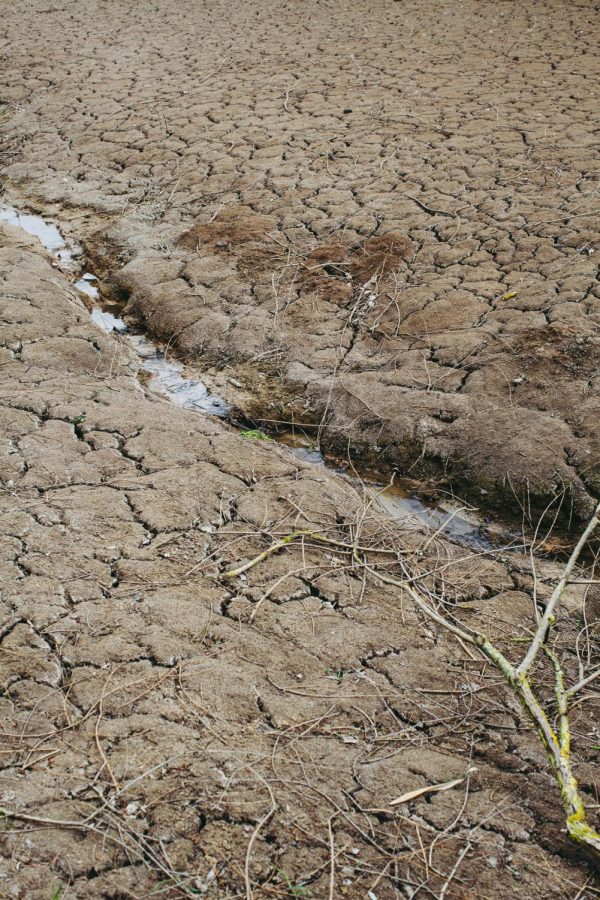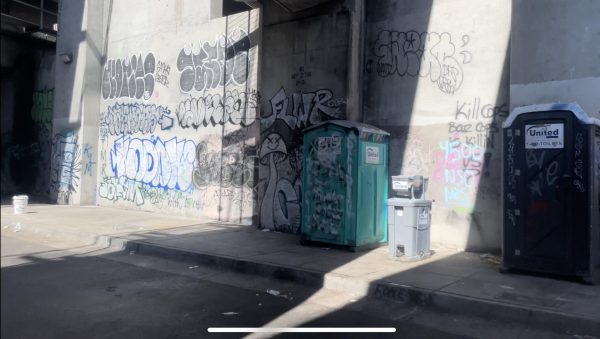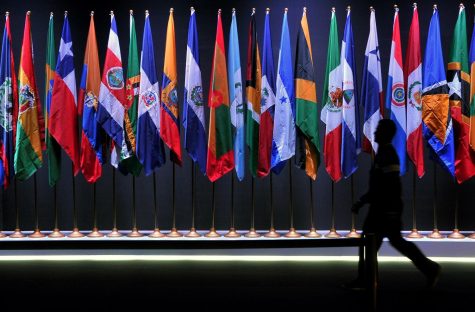California’s Historic $5.1B Drought
July 14, 2021
California is experiencing its second consecutive dry year, with a historic drought this year which led to the state’s billion-dollar plan to combat drought.
The record drought took a very pricey turn as Gov. Gavin Newson announced a proposal of a $5.1 billion drought plan. Although the Governor’s executive orders did not mandate statewide water conservation measurements, his drought emergency plan is a result of the rapid increase in California’s deteriorating water supply.
As conditions surge rapidly, a new executive order has been placed by the Governor’s office for Californians to reduce water usage by 15%.
This past spring, Gov. Newsom proclaimed a drought emergency in the Russian River watershed, the Sacramento-San Joaquin River Delta watershed, the Klamath River watershed, and the Tulare Lake watershed. This brought the total to 41 of California’s 58 counties under a drought proclamation, according to the Department of Water Resources.
Regarding what this drought means for California moving forward, the Department of Water Resources explained the challenges that arise from the drought and the plans being implemented to respond to this crisis.
“As of July 8, this emergency declaration has been expanded to include nine additional counties, bringing the total to 50 counties across the state under a drought state of emergency. The Governor’s Administration and DWR are taking a series of actions to ensure that California is prepared for dry conditions now and in the future,” he Department of Water Resources said.
The Department of Water Resources noted how the state is preparing to respond to the set of challenges facing the most vulnerable, “The state is working aggressively to prepare for and respond to public health and safety challenges arising from the drought especially in our most vulnerable communities.”
We use water for many daily tasks: washing clothes and dishes, swimming, and drinking to refill the nutrients in our bodies. However, the highest impact of this drought is on the people. We have to change and we have to adapt.
It’s important to learn from our current drought and previous droughts. When my parents discussed the drought with me they would say, “if it’s yellow let it mellow – if it’s brown flush it down.” It’s this mindset that we as people in the Bay Area and Californians as a whole need to adopt that conservation is always a good thing, explained Brian Garcia, Warning Coordination Meteorologist, National Integrated Drought Information System.
This is not California’s first time dealing with dry conditions. Beginning in 2012, California faced a consecutive yearly drought until 2016. The question now leads to how much rain the state needs to come out of this historic drought.
Garcia highlighted the Goldilocks method, “Just the right amount of rainfall – not too much and not too little” to help mitigate the impact. “I believe there’s hope for the people in California to conserve water and come out of this drought,” he continued.
The multi-million dollar question remains: what does this upcoming wet season look like for California? While the answer remains dry, the domino effect of this historic drought drastically shifted the conditions of our reservoirs, land, plant communities, ecosystems, and economic infrastructure.
Overall, we can all do our part to save our water and reduce waste in the meantime by taking shorter showers, turning off water while brushing teeth, checking faucets and toilets for leaks, and keeping a bottle of drinking water in the refrigerator.
Practicing these conservation tips will not only reduce water waste but also ensure that we are doing our part to conserve water by practicing sustainable water measures for the future.
For more information about conserving California’s water and reducing water waste, please visit here.
















